“I’m wearing my older brother’s uniform from when he first started school,” thinks a child on his first day of school. “He walks with me into the school gates, where there are boys and girls as far as the eye can see, all dressed alike and running in different directions. One bigger boy bumps into me and I begin to feel afraid—where am I supposed to go? My brother walks me to the door of baby class, where a lot of kids my age are sitting in desks with pencils and writing in books. I don’t have a pencil or a book. I don’t know anyone in the classroom. The teacher points to a seat in the front of the classroom, and I sit down and try to concentrate on what she is saying. The classroom is hot, and I miss my grandmother and my little sister. I miss my home. When the teacher turns her back to write on the board, I slip out the door and sit outside the classroom, unable to control my tears.”
Last year, as part of a Learning Metrics Task Force workshop on learning assessment in Africa, we visited a school where we saw a child standing outside the pre-primary classroom crying. When we asked why, the teacher told us that it was because it was his first day of school and he didn’t want to be in the classroom. We tried to remember what that feeling was like, the nervousness and fear a child might feel on the first day of school.
We often forget these social and emotional conditions that affect children’s learning as early as the first day of preschool. Many people in the early childhood community view school readiness as not just the child’s readiness for school, but also the school’s readiness for children and the readiness of caregivers and communities to help them make a smooth transition to school. Removing Roadblocks to Success: Transitions and Linkages between Home, Preschool and Primary School , written by Bob Myers nearly 20 years ago—still as relevant today as it was then—explains why this transition is so critical for young children.
- They make a shift from learning informally through observation and practice in the home or through play in a preschool, to more formal modes of learning.
- They are expected to move quickly from an oral culture, in which they are only beginning to gain comfort and competency, to a written culture.
- Most children are expected to sit still and follow a whole range of new rules when they are used to more activity and freedom of movement.
- Many children have to make an adjustment from the practices and behavior patterns of a minority or popular culture in their home, to the practices and expectations of a majority or dominant culture adhered to by the school.
- They are sometimes required to learn and use a new language, with little or no adjustment time or direct language instruction.
- For some, the shift involves a change from being an only child or part of a small group of children in the family, to being part of a larger group. This requires them to quickly develop new social skills and to take on new roles, including the role of “student,” which requires greater independence of children who may or may not be developmentally ready for it.
Both of us have spent careers trying to make a difference in children’s education. And we’ve seen these transition challenges play out over and over again.
One of us, Elisheba, spent a long career as a teacher and head teacher in Kenya. This experience showed the importance of identifying where learners come from and connecting that with the school environment. Often, parents bring their children to preschool, only to have them run back home crying. To prevent this, teachers can spend time with new children, playing a motherly role, to help them feel safe in their new environment. After a week of nurturing, children tend to gradually get used to their new surroundings and want to stay.
As the 2016 LEGO Idea Conference approaches and we think about quality learning, it is important not to forget this very first impression of school and to remember that schools need be ready for children as much as children need to be ready for schools.
The Brookings Institution is committed to quality, independence, and impact.
We are supported by a diverse array of funders. In line with our values and policies, each Brookings publication represents the sole views of its author(s).

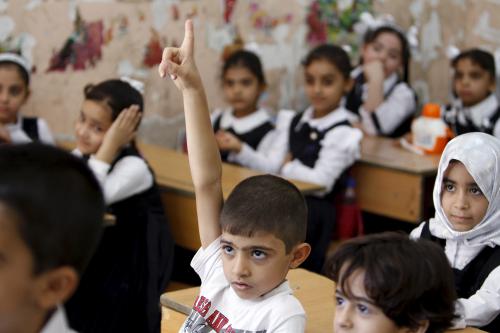
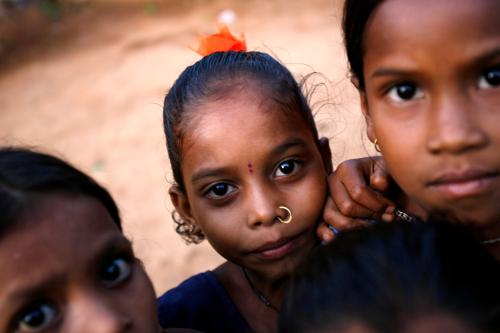
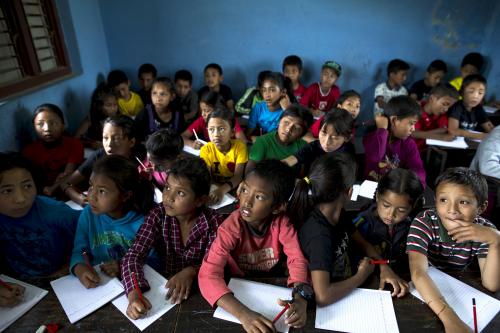
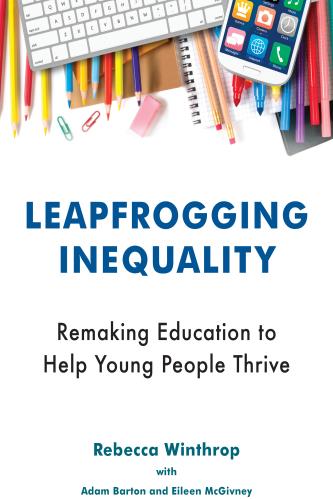
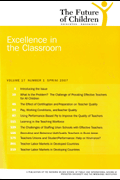
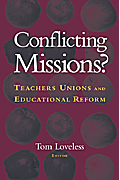



Commentary
What is “quality learning” to a child?
March 28, 2016